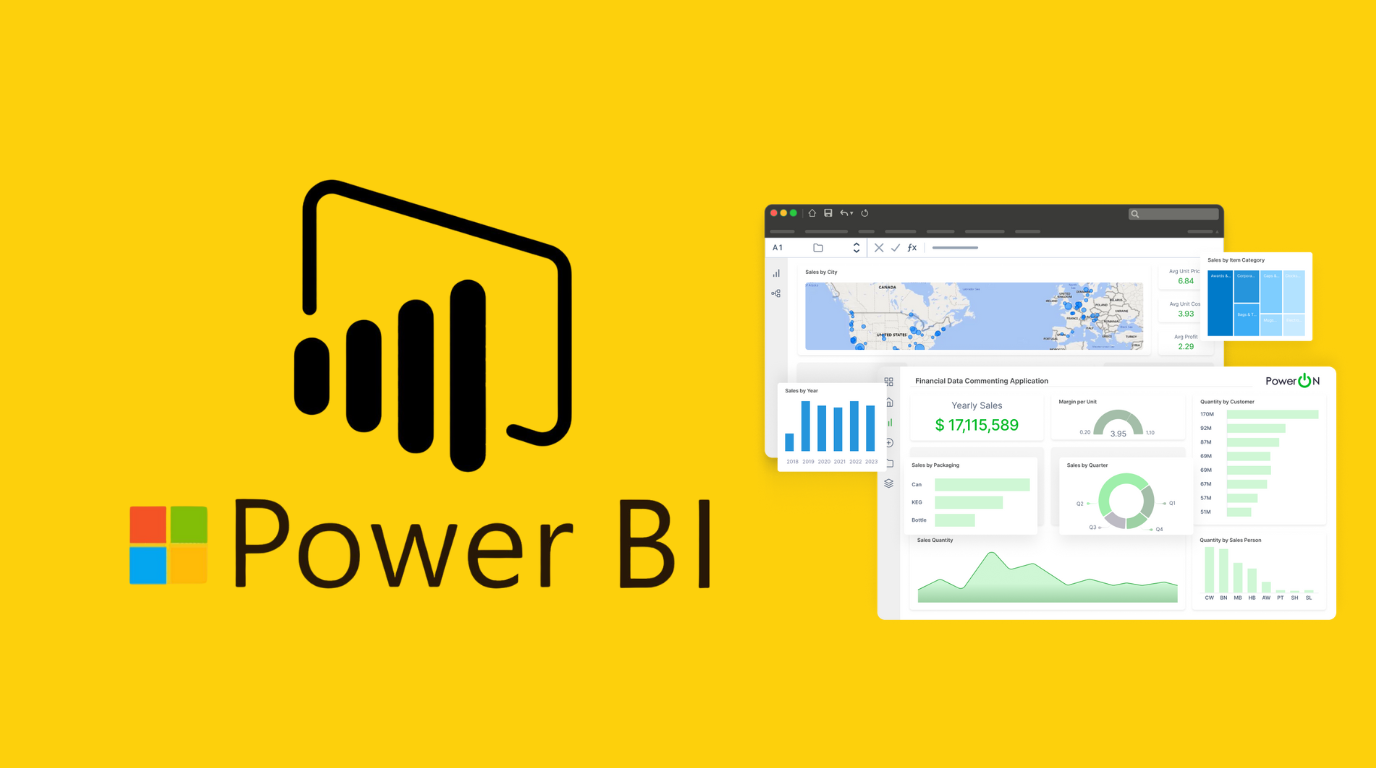A Stress-Free Guide to Setting Up Your Azure Environment

It’s like going on an adventure when you start your cloud journey. It may make you happy, but if you’re not prepared, it might quickly overwhelm you. You will require a strong foundation whether you are creating a small-scale cloud environment or aiming for a huge enterprise-grade solution. The purpose of Azure Landing Zones is to give you a formal foundation for creating a cloud environment that is scalable, safe, and well- organised.

Stated differently, Azure Landing Zones serve as the cornerstone of a home or the design for a city, guaranteeing that everything is done right from the start so that you can easily scale when demand increases. This tutorial will provide you a very basic introduction to Azure Landing Zones.
Azure Landing Zone: What Is It?
Imagine it. You’re starting to make plans for building a new city. Would you purposefully plan the locations of roads, water pipelines, electrical lines, schools, hospitals, and parks, or would you just build homes and businesses at random? In order to support people’ lives over time and promote progress, you would make sure everything is well- organised.
The same concept applies to Azure Landing Zones, which function similarly to the framework that already makes sure your Microsoft Azure cloud environment is well- structured and optimised. This indicates that planning for scale, security, cost control, and compliance is done in advance. In essence, they are there to keep you from messing up your cloud setup, which can lead to expensive expenses, security difficulties, and operational issues that affect efficiency.
Why is an Azure Landing Zone Necessary?

Starting your cloud journey is simple: you only need to install apps, set up storage, and create a few virtual machines. However, without a well-thought-out plan, this may easily become a costly, insecure, and difficult-to-manage jumble of resources.
Microsoft’s Azure Landing Zones provide a carefully planned environment that is focused towards best practices. A few of the reasons they are so crucial are as follows:
Scaling: You will require a larger cloud as your company grows. The landing zones are designed to grow with you; whether you are a major corporation or a small start-up, they can easily scale.
Security: Identity management, firewalls, and encryption are already integrated into your cloud environment.
Cost Efficiency: Landing Zones assist you in efficiently monitoring and controlling expenses by providing governance tools and appropriately allocating resources.
Compliance: Azure Landing Zones are made to industry standards, guaranteeing that your setting complies with laws like as GDPR, HIPAA, or ISO.
To put it briefly, they assist you in avoiding the confusion and creating a cloud environment that is both practical and prepared for the future.
Key Components of an Azure Landing Zone
Each Azure Landing Zone addresses a crucial component of your cloud environment and is based on a set of architectural ideas and regions. Let’s break them down:
1. Design Guidelines
Azure Landing Zones follow industry best practices in several domains to provide a stable, secure, and business-oriented deployment. Everything from automation and governance to identity management is guided by these concepts.
2. Design Areas
The following aspects of your cloud environment are the emphasis of each design area:
- Azure Billing and Microsoft Entra Tenant:It makes certain that your billing system is effective and works in unison with your Microsoft Entra tenant (previously Azure AD).
-
Identity and Access Management:
It is clear who has access to what data and how by putting in place a secure identity management system. Features that help ensure that only the right people have access include role-based access control (RBAC) and multi-factor authentication (MFA).
-
Resource Organization:
Presents standardised conventions for labelling, classifying, and arranging cloud resources. Effective organisation improves visibility and streamlines management.
-
Network Topology and Connectivity:
A virtual structure that is both efficient and safe. It necessitates a link that flows data and ensures its relative security with Azure services, on-premises systems, and external end users.
-
Security and Compliance:
Complies with Azure standards, which include security features like privileged access control and encryption at every level of the cloud environment. Azure Landing Zones are therefore committed to data protection in accordance with international requirements.
-
Management:
Describes methods and tools for effective workload management, such as monitoring, updating capabilities, and uniform policy application across the environment.
-
Governance:
Certain measures like Azure Policy and Azure Advisor help control and govern your environment. These give assurances that resources are utilized wisely, expenditures are kept under control, and compliance is enforced.
-
Platform Automation and DevOps:
Using infrastructure as code and DevOps practices, automate resource provisioning and operational tasks. Automation reduces manual work, speeds delivery while minimizing errors.
How Azure Landing Zones Assist You on Your Cloud Adventure

Two examples of tools that assist in managing and controlling your environment are Azure Advisor and Azure Policy. These ensure cost containment, compliance enforcement, and the wise use of resources.
-
Better Collaboration:
Teamwork is well supported by the appropriate architecture. Because the framework supports their interests, users, developers, IT administrators, and business stakeholders may all work together without any problems.
-
Speedy Deployment:
Since company progress is now a fast-paced act, Landing Zones might significantly reduce the time, effort, and effort required to provision new resources or applications by automating essential activities. Many of these would be significant.
-
Efficient Operations:
Your cloud’s future neatness and operational efficiency are guaranteed by standardised organisational resource management, monitoring, and governance.
-
Futures Ready:
Landing Zones offer scalable and adaptable methods to prepare your environment for upcoming possibilities or problems, like growing into new areas, incorporating AI workloads, or supporting new applications.
Common Use Cases for Azure Landing Zones

Azure Landing Zones are incredibly adaptable and may be set up to meet a variety of requirements. They are appropriate in the following situations:
- Enterprise-Scale Cloud Adoption:Large organizations employ Landing Zones to configure an environment that scales, secures, and meets compliance requirements for multiple regions and teams.
-
Hybrid Cloud Scenarios:
While moving from on-premises to the cloud, Landing Zones provide a smooth path for other companies that integrate their on-premises systems with Azure.
-
Startups and Small Businesses:
A startup or smaller business would use Landing Zones to guarantee that its cloud configuration is cost-efficient and secure from day one.
-
Regulated Industries:
Landing Zones can be used in the healthcare, finance, and other industries to help meet those compliance details without hassle.
Final thoughts:
Azure Landing Zones establish a benchmark for achieving overall cloud journey success. They offer flexibility, security, and structure so that the full potential of the cloud can be realised. Are your cloud strategies ready to be implemented? Talk to us now to begin developing your cloud strategy!

























































No Comments